Despite all the raising controversy surrounding the full-face masks, they are clearly becoming more and more trendy in the snorkeling and scuba diving world these days. Some people are calling the full-face masks dangerous while others are loving it… so we thought it would be a good idea to go to the facts and get our readers geared up with an overview of the full-face diving masks!
Our last article about scuba diving masks dates from a few years back, and there are plenty of new models of masks on the market now. Still, our guide on “How to choose a Dive Mask” is totally fit for all that has to do with regular diving masks. That said, today it is the full-face diving and snorkeling masks that we will be talking about.
Let’s first explain the difference between regular diving masks and full-face ones. Regular diving masks are covering your eyes and nose, and you have a mouthpiece with either a tube or a BCD attached to it which supplies you with air.
We discuss the proper fitting and the choice of this type of mask here : How to choose a Dive Mask
Full-face diving and snorkeling masks
The full-face snorkeling mask covers your entire face and has an integrated tuba located at the top of your head which is coming out of the water when you are looking down.
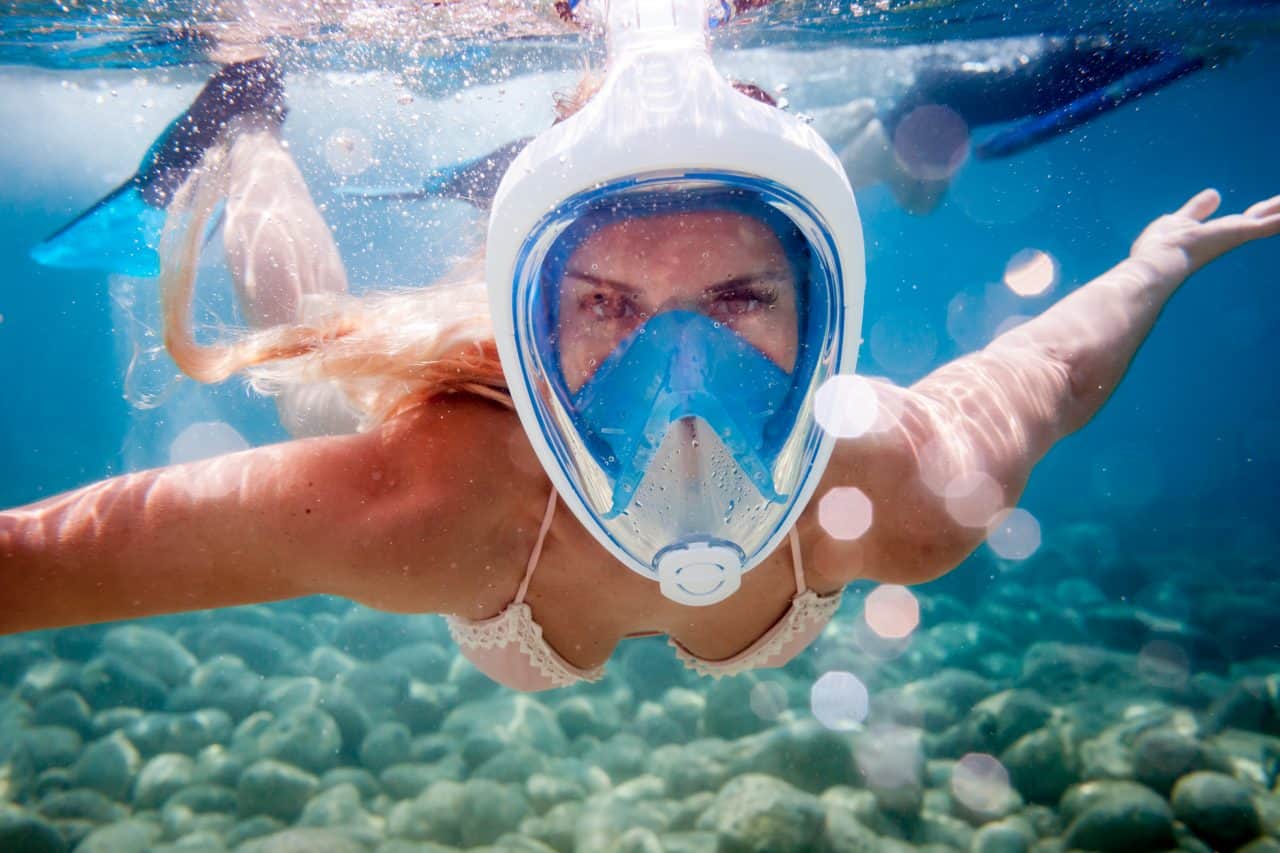
The pros of full-face snorkeling masks:
- Beginners don’t need to adapt to a different way of breathing. Indeed, you will be able to breathe normally, through both nose and mouth, with this type of snorkeling mask.
- Take away the need to have a mouthpiece inserted in your mouth to breathe. The mouthpiece is at the very least awkward, it takes some time to adjust to having it and for some people, it’s literally painful.
- Wider vision: the window is larger and unobstructed.
- Increased tightness, thus fewer leaks.
The cons of full-face diving masks:
- Not built for active snorkeling – you will understand why on the next point. Indeed, the full-face diving masks are best to snorkel in lagoons or lakes. In other words, you have to be in calm waters, with no need to swim vigorously or to fight current or waves. You’ll see why just below.
- The buildup of carbon dioxide (CO2) is a major concern when it comes to full-face snorkeling masks. This is a risk that can be mitigated first by buying a quality mask from a renowned brand, known for testing its products. Indeed, if you prioritize quality over the cheaper price of some brand, you are likely to end up with a mask properly designed to evacuate the CO2, and thus cause no harm. The ‘danger’ resides in the mask not being able to properly circulate the air nor eliminate C02 from the air you breathe. Now, breathing too much CO2 will lead you to feel tired, if not outright dizzy, and loss of consciousness may occur. People that are talking about the ‘dangerous full-face masks’ and giving an alarmist tone to their articles are anticipating long and intense exposition to CO2, which can be deadly. That said, the tone of this paper is not so alarmist, and mostly informative as we believe it’s important to understand the pros and cons of the full-face diving mask, and then make an informed decision.
A safe full-face snorkeling mask should:
– Be from a known and tested brand, with quality prioritized over cost.
– Be used in proper conditions, therefore in calm waters, where no consistent or elevated effort is required from the snorkeler.
– Be used at the surface only. Indeed, if you are (like me!) a seasoned snorkeler that likes to dive down to explore the reefs closely, the full-face mask is not a proper fit… simply because it’s much harder to equalize ear pressure as you go down a few meters.
– Be well cleaned-up and maintained in proper working condition, trip after trip.
Full-face scuba diving masks – for recreational diving!
The full-face scuba diving mask has been put up to the test for a long while by scientist divers, commercials divers and professional underwater photographers and filmmakers. The major attribute to the full-face diving mask is that you can breathe normally and speak since you don’t have a mouthpiece. Indeed, the first purpose of these masks was to allow team members to communicate while operating underwater.
Nowadays, the full-face scuba diving mask is becoming more trendy in the recreational diving industry as its price is lower and more affordable. That said, there are some disadvantages that you may want to take into account before getting a full-face diving mask.
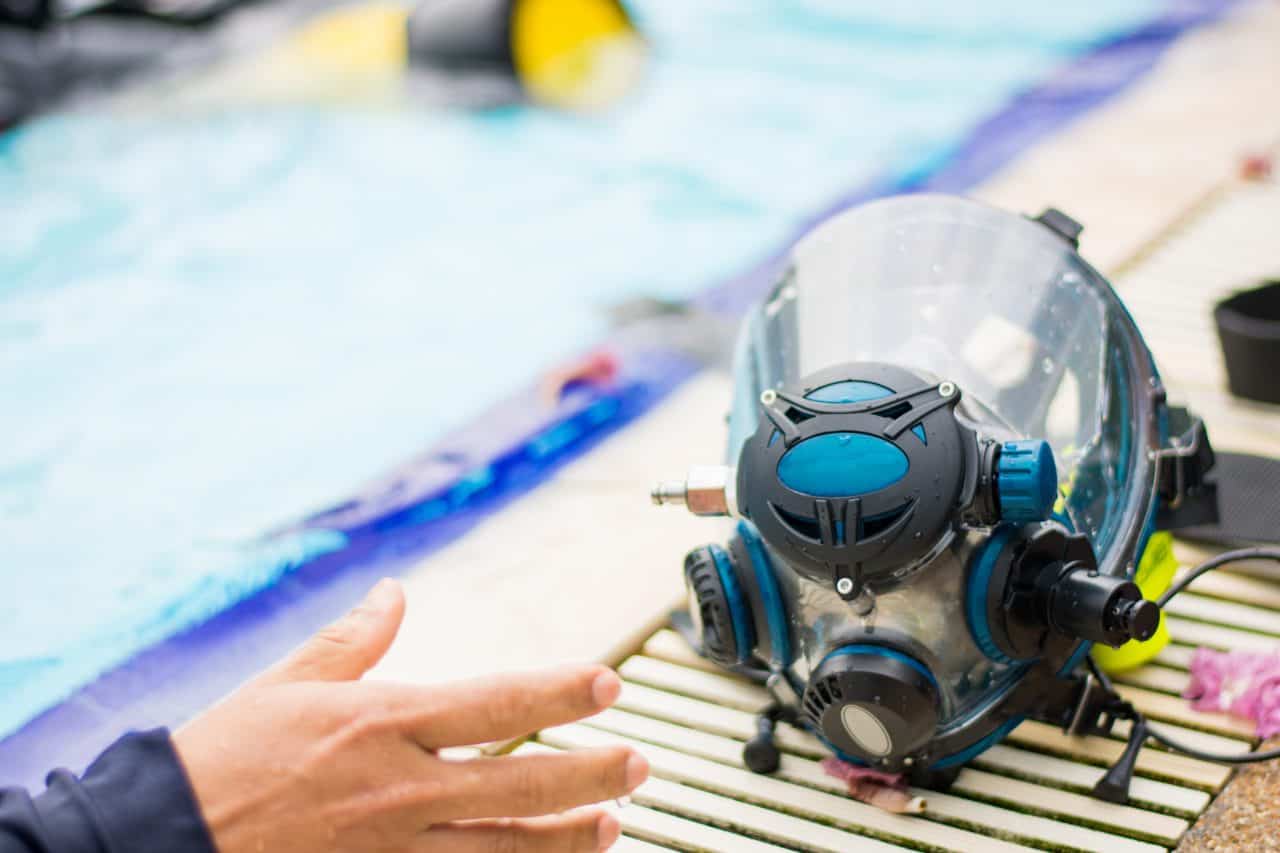
First, despite the mask being less prone to leaks, water or fog may happen. Thus, if water gets in, you can’t breathe properly, and it is fog, you’re also likely to want to clear your mask, right? It’s doable, but it gets much more complicated to clean your mask when it is also your air source. Food for thoughts.
Secondly, using such a full-face diving mask often will cause divers to forget the basic underwater communicative skills. This can be frustrating when they will dive again with regular diving material, or if they dive with buddies that don’t have a full-face mask with communications-enabled.
What do you think of the full-face snorkeling masks? Also, what about the scuba diving full-faces?
We are curious to read your opinion in the comment section below! 


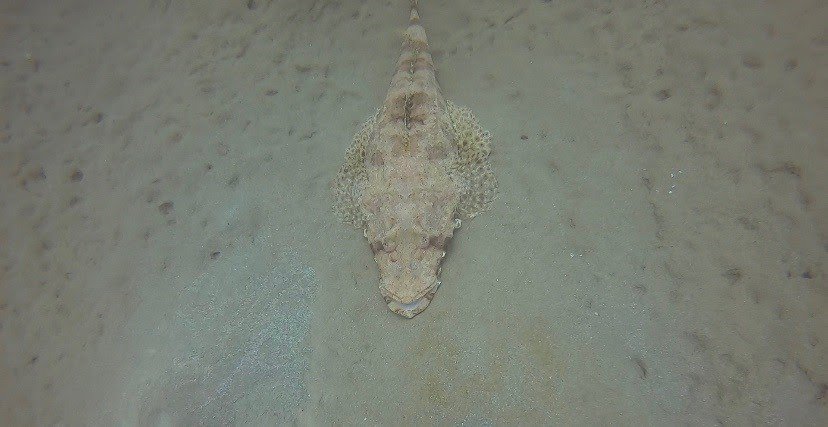

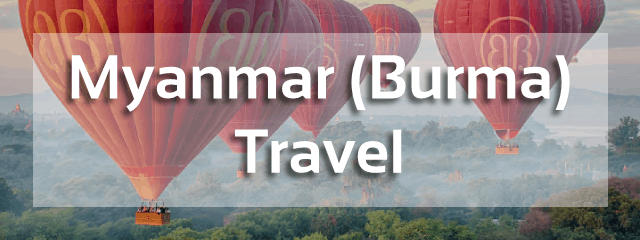
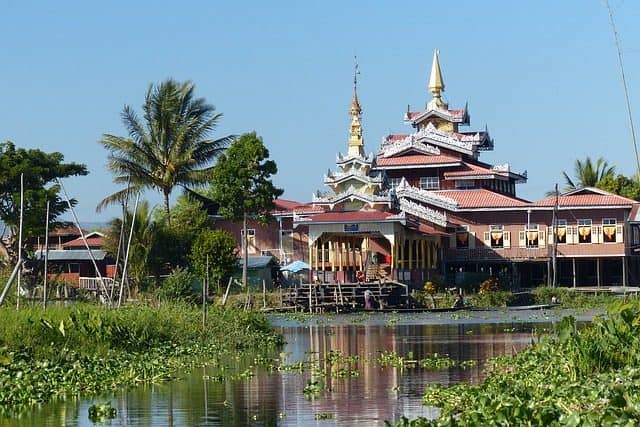
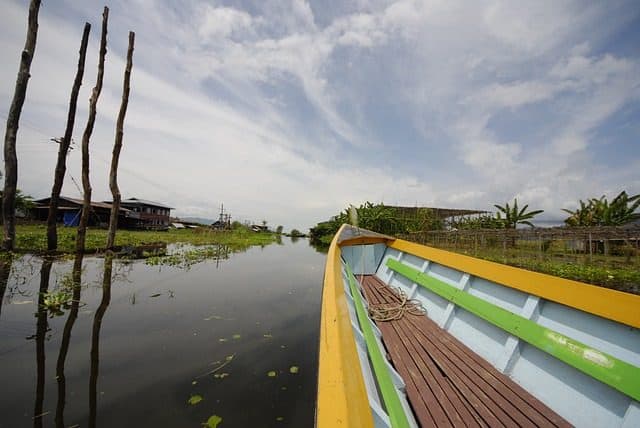
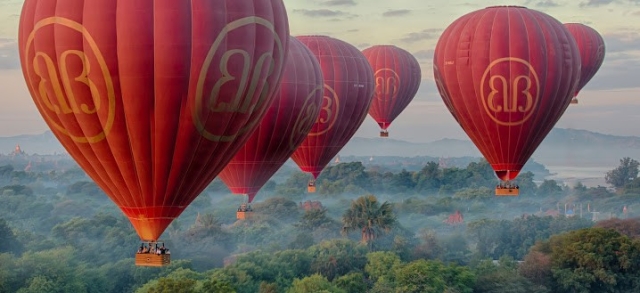


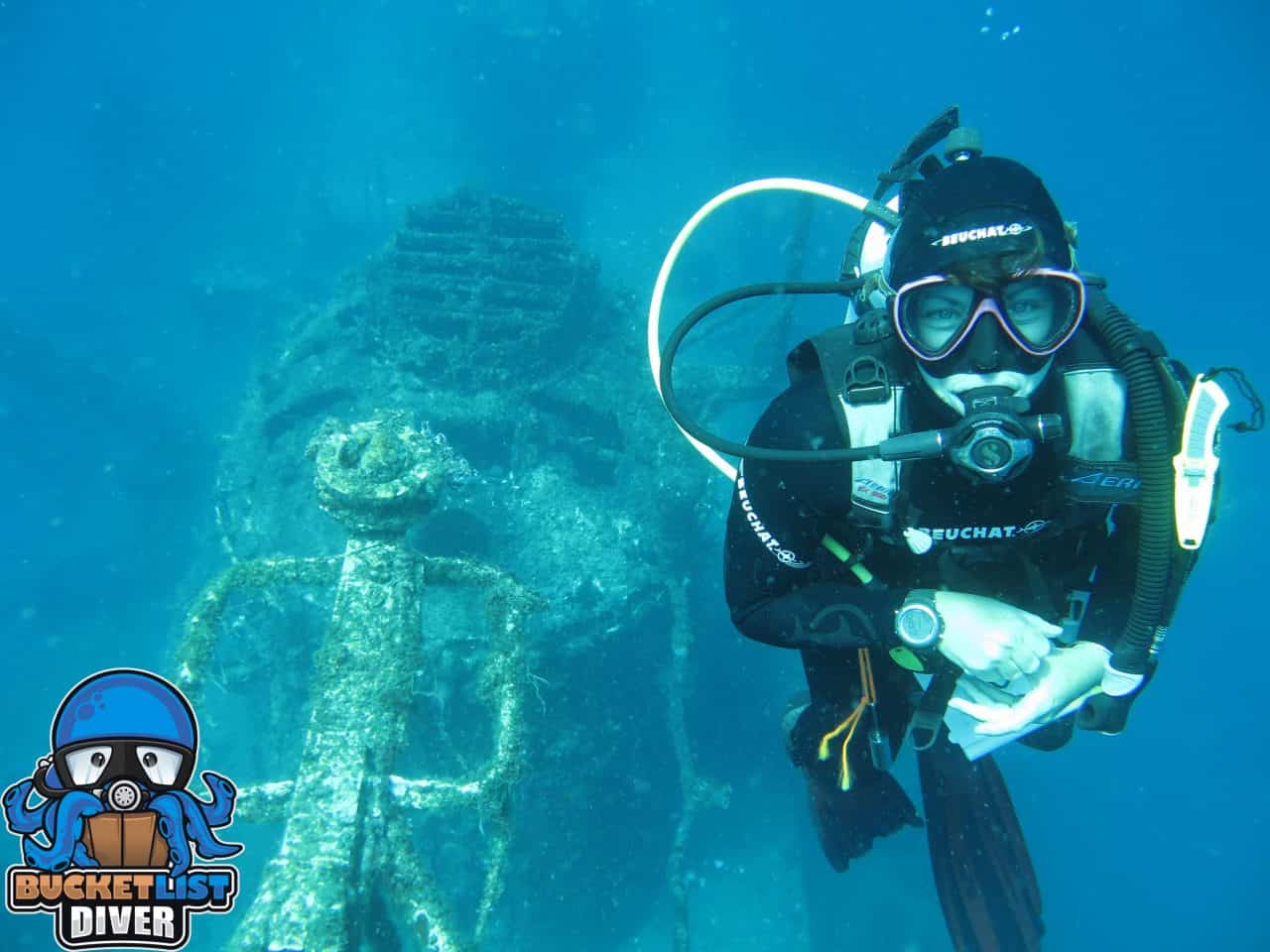
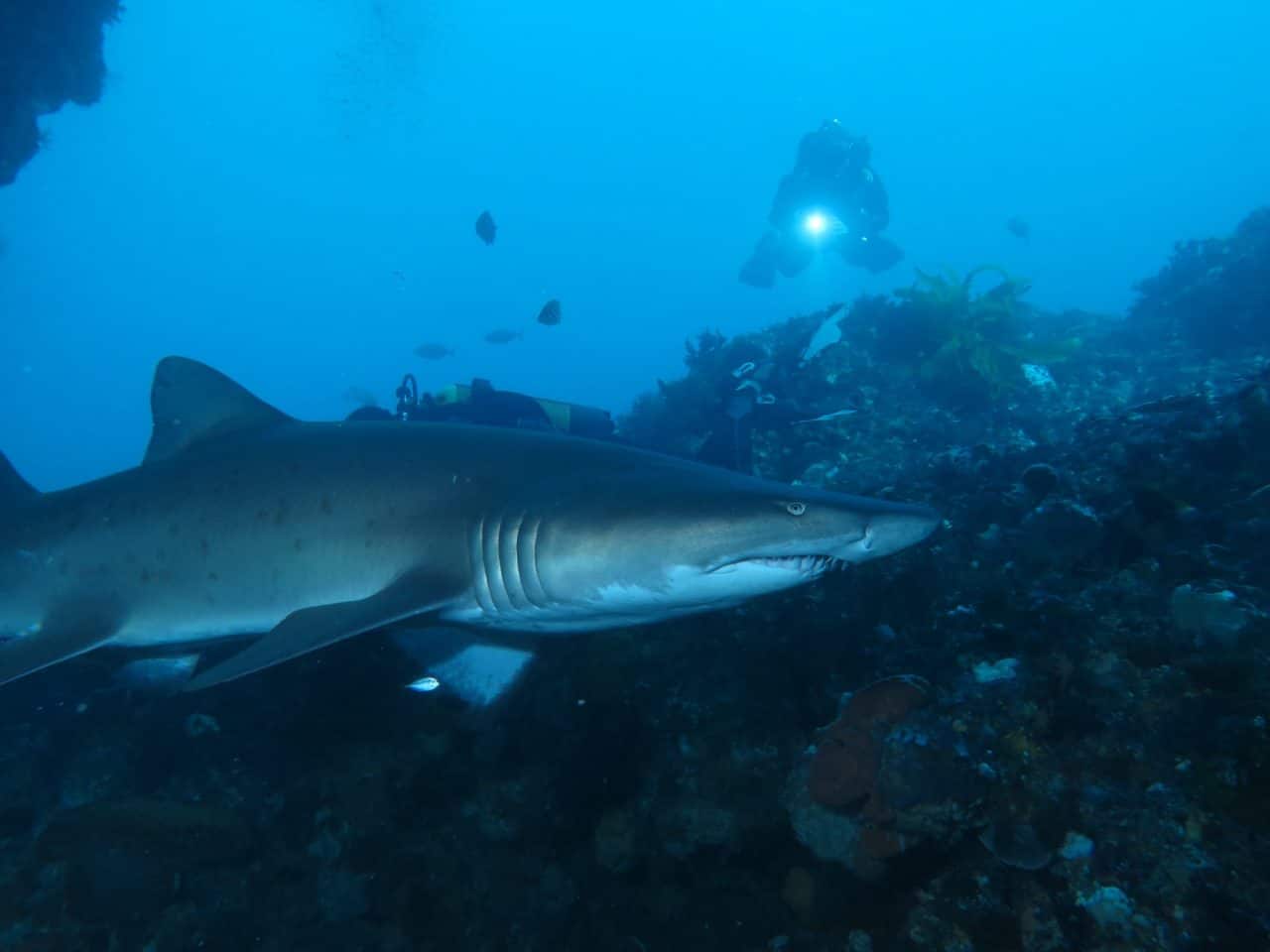
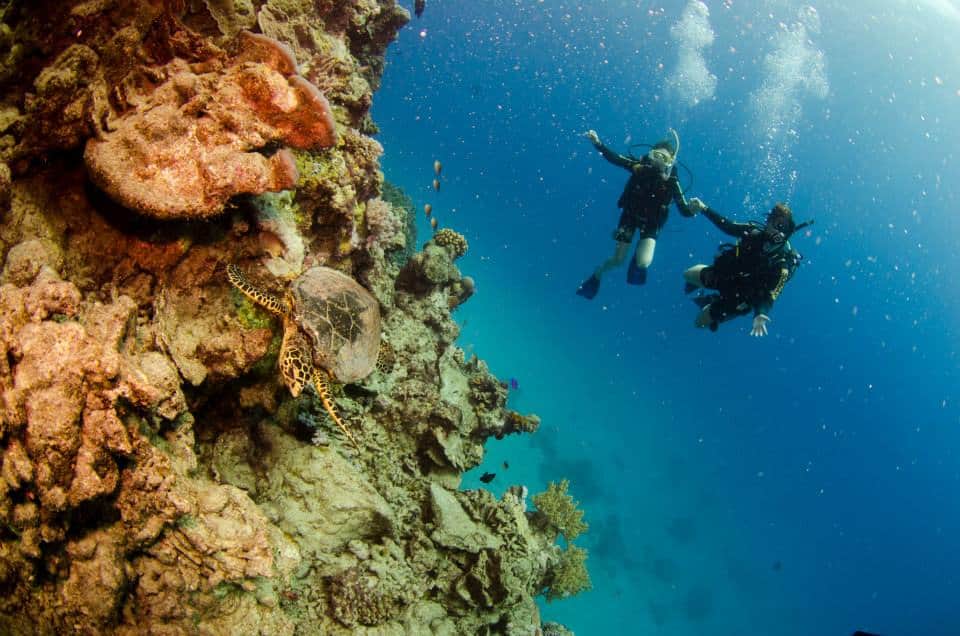
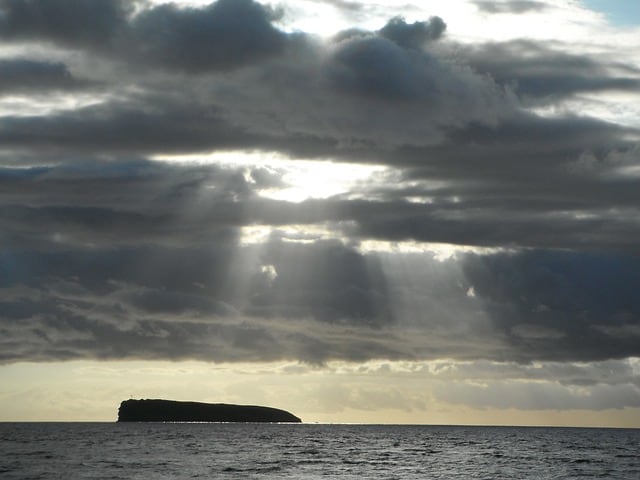

 Private Scuba Tuition – Learn Scuba Skills.
Private Scuba Tuition – Learn Scuba Skills.